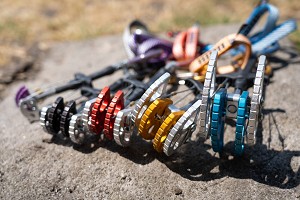
Professional Mountain Guide and trad climbing legend Tim Neill tests out the new Wild Country Superlight Offset Rocks and he likes what he finds.
These arrived with a note saying "I think you'll like them..."
I'm a bit older and ever so slightly cynical. I've been climbing a while I guess and know what I like, so it's tricky to take on board new stuff and move with the times.....however, anything that comes along that might help to keep me climbing as hard and safe as I can I'm all up for giving it a go.
I'm pretty sure the intention wasn't to reinvent the nut, merely compliment what climbers already use and expand the options. Over the past few months these little guys have slowly worked their way onto my rack. At first I couldn't commit. I carried all the nuts I used to, plus these..just in case. Now it's a sensible mix.
The blurb said they're really intuitive to place - I think you've got to look with fresh eyes - but right enough, now they go in all over the place. Every now and again whilst repeating old favourites I've found they've made very marginal placements much less so, and sometimes even bomber. That's ace!
A recent trip to the Peak, climbing on quarried grit cracks and the well loved Stoney Middleton, really sold them. Now I know what older climbers are like... I'm one too. So if you're thinking it was alright back in the day with some stoppers and a MOAC then 'well done' - but these are better, much better.
The Shape/Fit:
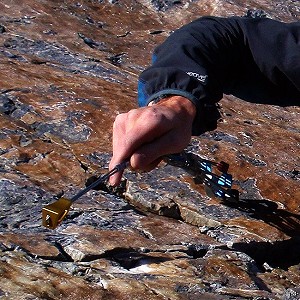
Weight:
The difference in weight is the real big plus. It's always the first thing that everyone has commented on. When you grab a set in one hand and the equivalent traditional set in the other you'll see what I mean. How much you have to carry up a pitch, or how far you have to carry it to the climb clearly makes a big difference..you can lose weight, carry less or with incredible will power do both and reap the benefits.....or exchange some of your rack for a few of these...simpler and a step forward.
Strength:
Of course as with all new light weight climbing gear there's a compromise to be had. That being strength and durability.
The strength rating for these Superlight Offsets may come as a small surprise. Considering the bigger size of placements your getting, you'll have the rating of a much smaller traditional shaped nut. That being said they're still well strong and should be placed with all the considerations that an experienced trad climber will normally judge. As alien as it might be to most climbers, it's useful in this instance to read the info on the swage and check out a comparison by visiting the detailed WC website. All the tech info there is in an easy to review format. Be informed.
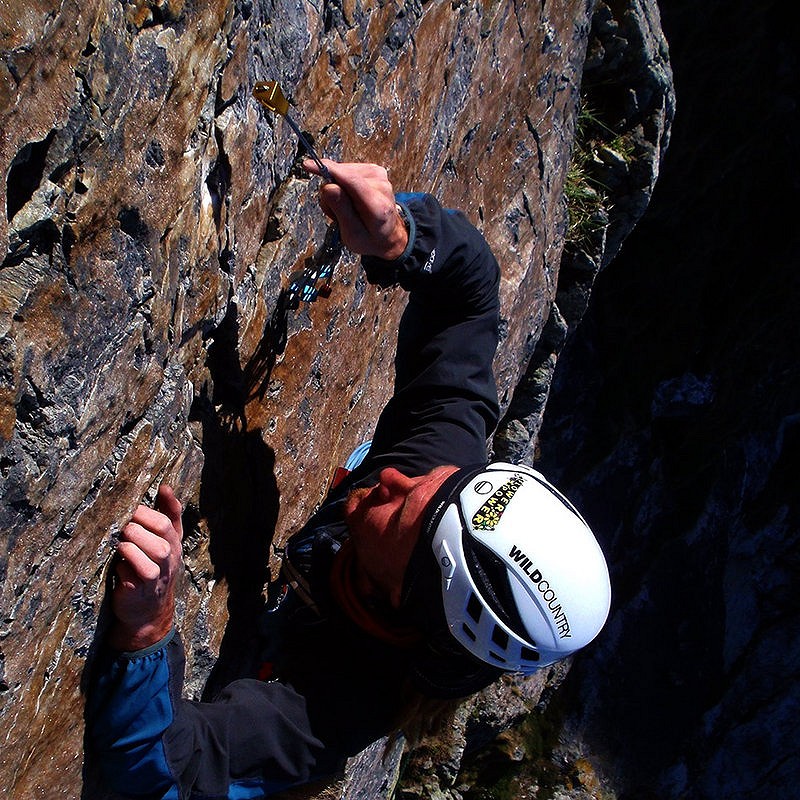
Durability
I don't really know yet, but so far so good all things considered.
Having used the older single strand Superlights for a few years I'm well aware that they don't survive being aggressively ripped out by the second...the single strand of wire soon bends and frays.
It's obvious that these new products will be much more durable as the wire is doubled in the way we're used to, however the wire is much thinner and so I'd expect it to last somewhere between Superlights and regular rocks. Like looking after micro wires and more recently super lights, I'm going to take a little bit more care with these offsets and of course check for damage a little more often - no big deal.
Over the past few years I've tried a few other brands of offsets. As a general rule, whilst they all go in quite well (good for the leader) they seem to have an annoying habit of staying in (not so cool for the hapless second). As well as being a negative factor for a second's enjoyment factor, clipping in situ jammed offsets is only handy in the short term until they rust.....I've got plenty gathering dust that I've spent time removing from my local crags.... And whilst I have an open mind about most new kit, up until now I haven't made a habit of using any offsets. However, Wild Country seem to have over come this problem with a few more curves and less sharp edges...and so far the ones I've used don't seem to be any more of a problem than traditional shaped nuts, and they're still on my harness and not stuck in the crag!
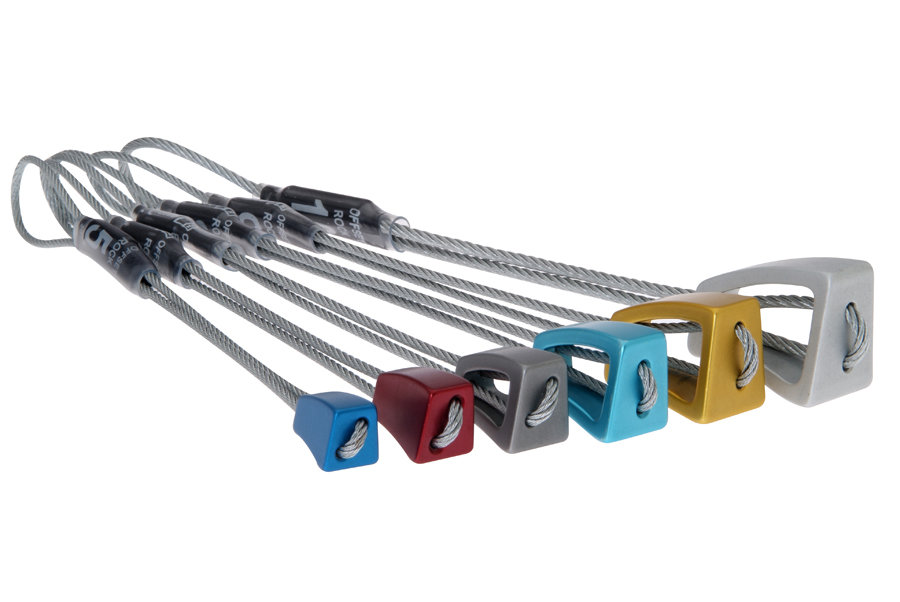
Another thing...
As a final aside, a number of gifted and talented friends who receive climbing equipment in lieu of their ambassadorship for brands other than WC carry these super light offsets too..which means they've actually bought them! If you know some of these North Wales legends this is quite a big deal....clearly advocating their worth as must have hardware.
Conclusion:
Wild Country have made some good improvements on what's been available up until now. If you're a committed trad climber, keen to keep yourself as safe as you can, don't bury your head in the sand...get some of these on your rack.
Features: Offset tapered sides, Six sizes 5-10 which match Rock sizes, Thinner wire per size, 7075 alloy for easier removal, Classic Wild Country Rock curve, Colour coded anodizing, Available in set (Set weight 5 - 10 162.9g / 5.75oz).
RRP £10 single or £55 set of 6
In stores now
See more at the Wild Country website www.wildcountry.com

Tim Neill is a fully qualified British Mountain Guide (UIAGM) and is based near Llanberis. He is often found working on his home crags of North Wales where he has climbed more routes than anyone else we know. He spends much of the winter working in Scotland and some of the summer working in the Alps.
Tim has been climbing for many years with ascents of hundreds of classic routes across the world (including some hard ones!), including an early repeat of the stunning ice climb Super Domo in Patagonia with James McHaffie (see photo and UKC News).
- You can read more about Tim in this UKC Article from 2008: I Want That Job - Tim Neill
- Also on his personal Guiding Website here: Tim Neill Guiding

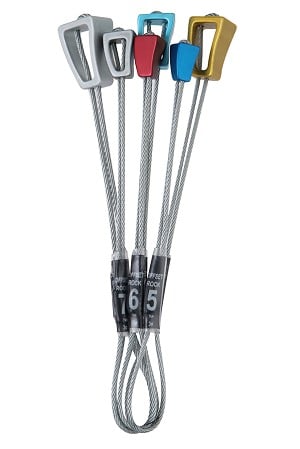
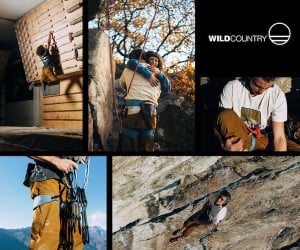
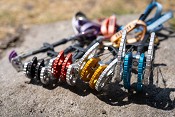
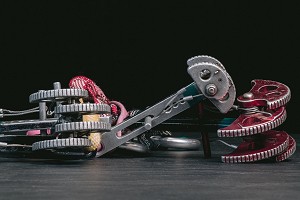

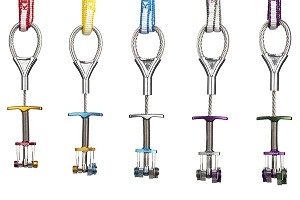
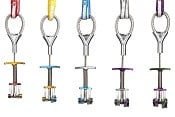
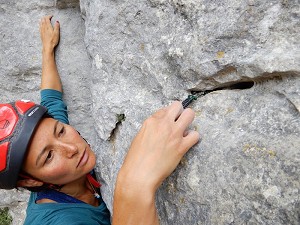
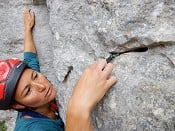
Comments